Dear friends,
thanks for your easter wishes.
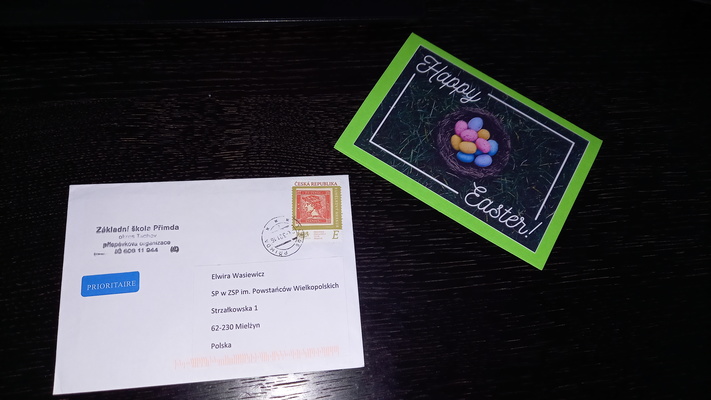
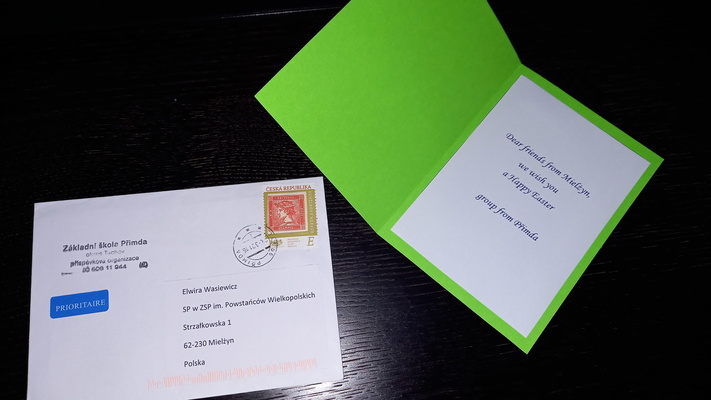
EASTER IN POLAND
Easter is a spring holiday. Easter is a Christian holiday. It is related to the resurrection of Jesus Christ. We prepare for Eraster for forty days. This period of time is called Lent. It begins on Ash Wednesday. Holy Week starts with Palm Sunday and finishes with Easter Monday.
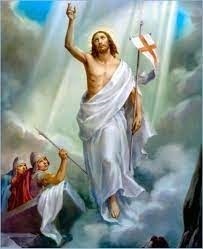
https://pl.pinterest.com/pin/213991419766988430/
Palm Sunday
One week before Easter, Palm Sunday (in Polish niedziela palmowa) takes place. According to Catholic tradition, the day marks the entrance of Jesus in Jerusalem. To mark Palm Sunday in Poland, the faithful bring to churches their own “palms” generally made from willow branches decorated with evergreen plants.
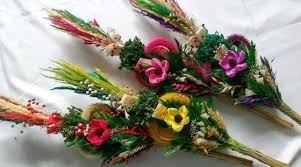
https://old.nj24.pl/sites/default/files/article/main/68009/palmy.jpg
Good Friday
On this day we commemorate the passion and crucifixion of Christ. There are organised litanies (the stations of the Cross) on the streets. The people are carrying a huge cross in order to contemplate and take part in Jesus' passion. Some crosses bear a figure of Christ.
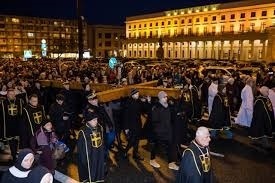
https://encrypted-tbn0.gstatic.com/images?q=tbn:ANd9GcTH577kir0FuvfTCqCJcJZtTh9V9uwzaUgNTg&usqp=CAU
Other symbols of Good Friday include black cloth used to cover the cross, paintings, and statues in churches. Many people are fasting during that day in Poland. Usually, they do not eat meat, not going to parties, or drinking alcohol.
Holy Saturday
On the Saturday before Easter Sunday, we paint hard-boiled eggs (called pisanki). Some use store-brought kits which make the colouring and decorating easier, others continue to make dyes the traditional way – with boiled onion skins.
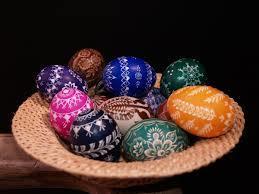
https://encrypted-tbn0.gstatic.com/images?q=tbn:ANd9GcQCR2IGpATfVLZkDq_zdm3a9W11zhCKZo2VgQ&usqp=CAU
Another Saturday activity is the preparation of Easter baskets. Lined with a white linen or lace napkin and decorated with sprigs of boxwood (bukszpan), the baskets contain a sampling of Easter foods: pisanki, a piece of sausage or ham, salt and pepper, bread, fruit, a piece of cake and an Easter Lamb made of butter. They are brought to church to be blessed.
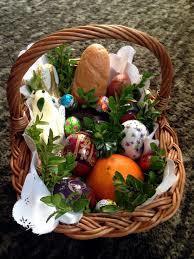
https://encrypted-tbn0.gstatic.com/images?q=tbn:ANd9GcRQNklROWUAVDtSQSgI16b9dTkfDhEYmibFFg&usqp=CAU
Easter Sunday
On the most important day, Easter Sunday, people go to church at 6am for the Resurrection mass – a ceremonial service and procession. Homes come alive with families who gather to eat breakfast. Before the meal, in much the same way as for Christmas with the sharing of the opłatek (Christmas wafer), people share wedges of the blessed Easter eggs from the basket. They exchange wishes and a Wesołego Alleluja (Joyful Hallelujah).
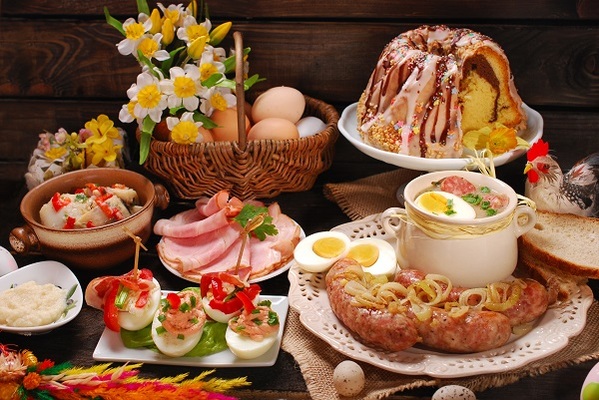
https://ocdn.eu/images/pulscms/NmY7MDA_/e60a9b4c0ebb911e7ab8b14e9db7ee9f.jpg
Easter Monday
The last festive day is Easter Monday, known as Śmigus-Dyngus (Wet Monday), on which tradition requires that boys throw water over girls and spank them with willow branches.
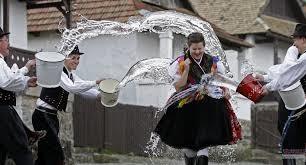
https://encrypted-tbn0.gstatic.com/images?q=tbn:ANd9GcRQzSiGtswPnER3PrytP7fBJDdHWysUHAoBQQ&usqp=CAU
Source:: https://culture.pl/en/article/polish-easter-traditions
EASTER IN OUR SCHOOL